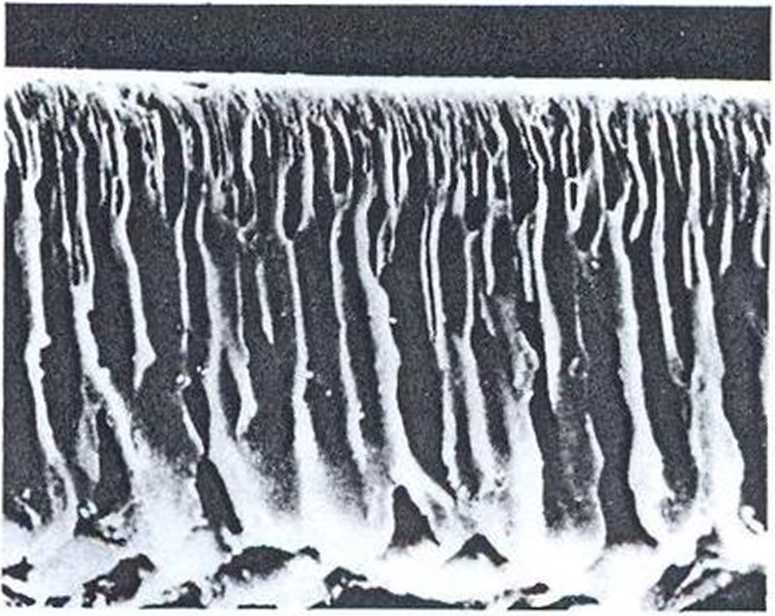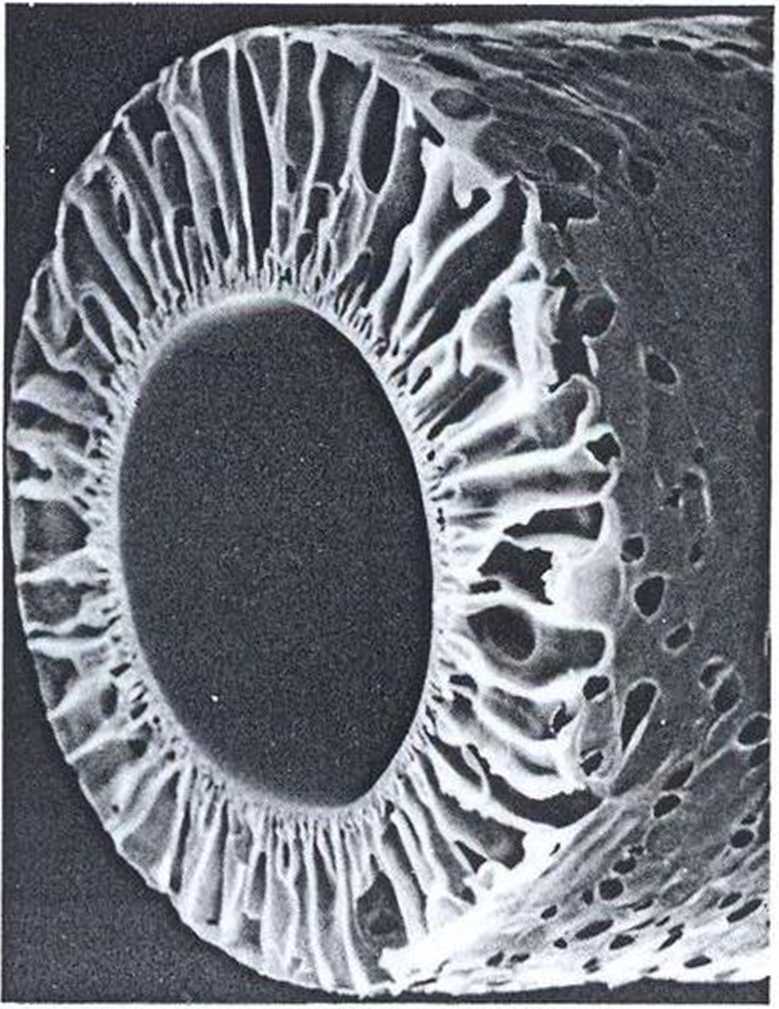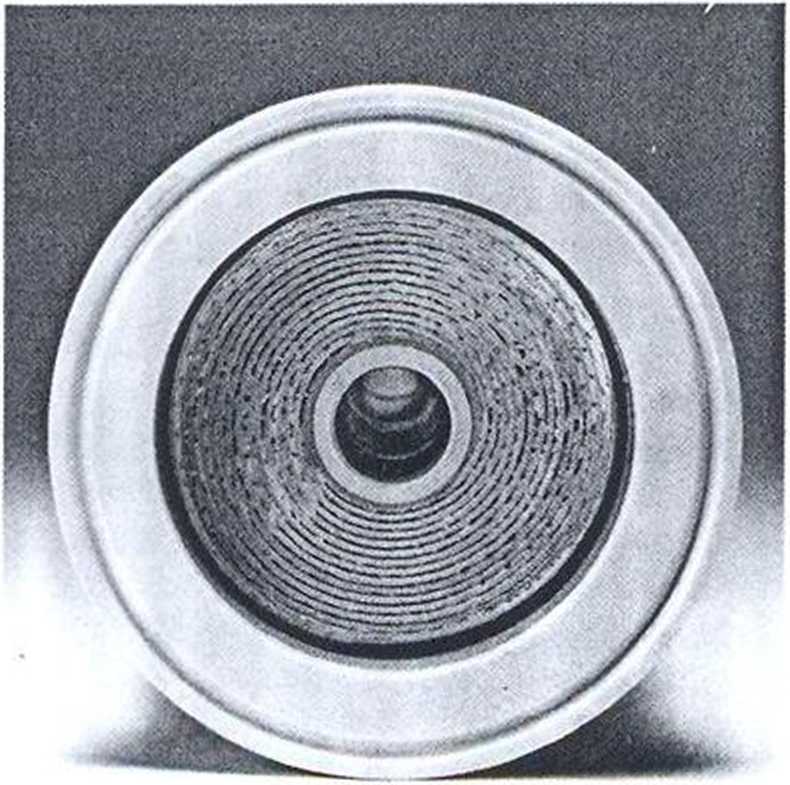6815960595
There are three basie configurations of ultrafiltration membranes: fiat disc, hollow fiber and spiral wound.
Diaflo Fiat Membranes
Diaflo fiat membranes (Fig 1 I) are manufactured in several module types:
— Disc membranes in stirred cells, centrifugal devices and thin channel systems.
— Vertical fiat sheet membranes in static concentrators such as Minicon.
Diaflo Hollow Fiber Cartridges
Amicon s hollow fibers are cylindrical tubes of polysulfone (Fig 12). They are bundled and epoxy-sealed in transparent polysulfone cartridges, for processing large fluid volumes. Each fiber has a lumen of uniform diameter — 0.5 or I. I mm. Inert and non-ionic, these fibers have the same anisotropic (‘skinned’) structure that gives all Amicon membranes out-standing flow rates and resistance to plugging.
Retentate flow through hollow fibers produces shear across the membranę surfaces, minimising concentration polarisation. Pump pressure causes solvent and microsolute to be transported through the fiber ‘skin’, while retained solutes are progressively concentrated along the lumen.
The 0.1 [im microporous hollow fibers, with anisotropic (‘skinned’) structure, reject bacteria or cells at the membranę surface, without clogging. For optimal permeation of high-MW proteins, they should be operated at relatively Iow transmembrane pressure. Due to the effect of various operational elements, prediction of performance is difficu Each application should be evaluated independently.
Diaflo Spiral Wound Cartridges
Featuring the YM membranę in a spiral configuration (Fig I 3) with 0.8mm channel height, they offer exceptionally Iow non-speciflc adsorption characteristics. This ensures very high recovery — up to 98% — of proteins and other sticky substances that would foul conventional filters. They can be operated up to 60psig and can be used in series to suit smali or batch process volumes. They are autoclavable, easy to use and change, and can be re-used repeatedly, requiring only simply washing to restore the original water flux.

Fig II. Electron micrograph (500X) of Amicon s Diaflo Ultrafiltration Membranę. Ultrafiltration "skin"is invisibly thin at the very top. Open-celled structure is highly permeable

Fig 12. Electron micrograph (200X) ofAmicons Diaflo Hollow Fiber. Ultrafiltration "skin " faces fiber lumen (internal channel). Cylindrical substructure opens progressively outward

Wyszukiwarka
Podobne podstrony:
And I love you so1 AUGMENTED CHORDS There are four basie types of chord:- MAJOR (e.g. C), MINOR (e.g
PEK_W05 knows the basie configurations of industrial robots, their design, capacity, handling and us
Different tests There are three types of Covid-19 tests currently available. Each of them serves a d
Reported speech angiekski 2 _____7 Reported Speech There are three types of Reported Speech: stateme
Abstract There are presented the results of the studies of the subsurface zonę created in aluminium
IntroductionWhat are the New English File Level Tests? There are three Level Tests, which correspond
UNIT 5THE BODY CAYITIES There are three main cavities in the human body: the cranial cavity, the tho
carving?ceF 46 Rangę of Expressions ROGUES GALLERY Clearly there are an infinite number of faces and
s typefuse1 Fuse box locations There are three separate fuse boxes fitted to the Yehicle, each one c
więcej podobnych podstron